Why are Georgia's Soils red?
Not all Georgia soils are red, but many of them are. The State
is well known for its abundance of "Georgia Red Clay". People
often ask why the soils are red.
The red color that is so evident in Georgia soils is due primarily
to iron oxides.
Soils form from the interaction of climate, organisms, parent
materials, relief, and time. Red soils in Georgia result from
the affect of a warm, humid climate weathering acid crystalline
rocks on rolling hills over a long period of time.
Soils in much of Georgia, particularly the Southern Piedmont
region of North Georgia, developed in materials weathered primarily
from granite and gneiss. These rocks are black, white, and gray,
and are relatively low in bases, or natural fertility. Georgia
has a climate of warm (hot) temperatures and high rainfall, so
there has been intense weathering of the rocks over the years.
High rainfall has leached out most of the bases that were present.
Materials that remain are composed mostly of iron, aluminum,
and silica, and it is the iron that gives the soils the red color.
The red color is not just from iron, but more specifically from
unhydrated iron oxides. The red soils are generally on convex
landforms that are well drained.
Organic matter can mask soil colors in some areas. However,
organic matter content is low in most of Georgia's soils because
of the warm climate, so the red color is not affected by it.
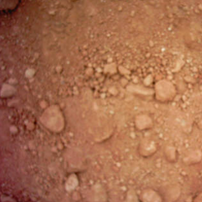
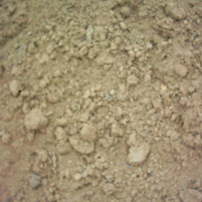
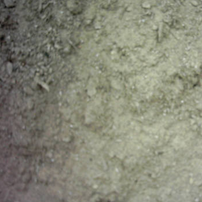
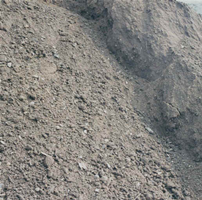


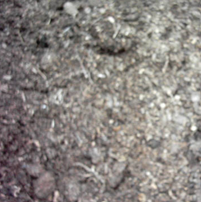
![]() www.georgiagroundcover.com
| 706.769.0634 | Serving the Athens, Georgia Area!
www.georgiagroundcover.com
| 706.769.0634 | Serving the Athens, Georgia Area!